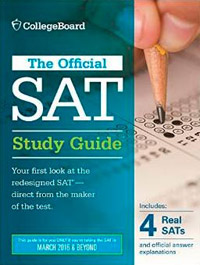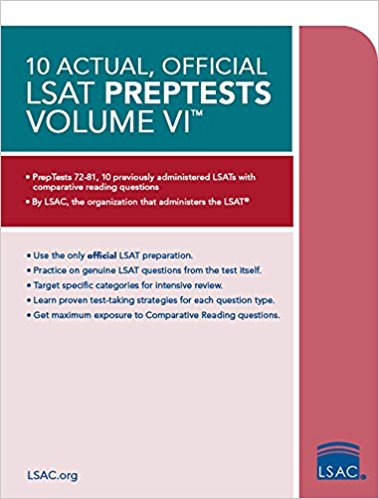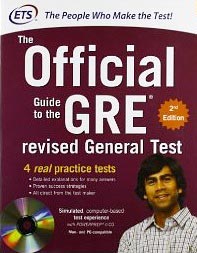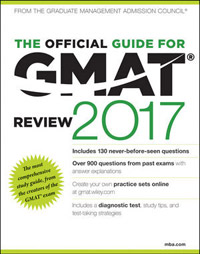|
 Today let's check out this standard deviation question from quantitative section 2 (easy version) of the GRE Powerprep computer adaptive test (CAT).
List A: 0, 5, 10, 15, 20
List B: 5, 10, 15, 20, 25
Quantity A Quantity B
The standard deviation of the numbers The standard deviation of the
in list A numbers in list B
A) Quantity A is greater.
B) Quantity B is greater.
C) The two quantities are equal.
D) The relationship cannot be determined
from the information given.
Explanation: Technically, the digital SAT and GRE require you to know standard deviation. In reality, however, you really only need to understand the basic concepts behind standard deviation, because the equation for standard deviation is a big mess.
What is standard deviation, in words? In any list of numbers, standard deviation is the square root of the variance (the variance is the average of the squared distances from the mean, minus the square of the mean). Yes, I know that's confusing.
Standard deviation is basically a measure of spacing, and is related (although not solely determined) by the range of the numbers in the list. If the range (high term - low term) is the same, then the standard deviation is also the same, so long as the numbers are spread out equally in both lists.
One compromise between range and actual standard deviation is what's called average standard deviation (ASV). To date, no one has ever seen an official GRE question that requires you to do more than ASV.
To calculate ASV:
1) find the mean.
2) add up all the distances from the mean, then divide by the number of terms.
Let’s try the ASV method for Quantity A and Quantity B. The average of list A is 10, and the average of list B is 15, because the average of a list of consecutive, evenly spaced numbers is equal to the median of those numbers.
Now, let’s add up the distances from the mean and divide by 5. Quantity A: (10+5+0+5+10) / 5 = 30/5 = 6. Quantity B: (10+5+0+5+10) = 30/5 = 6. Thus, the ASV of both lists are equal, so it is highly likely that their Standard Deviations are also equal.
That's it. Yes, ASV is not the same thing as standard deviation, but on the GRE you don't need to know the exact equation for standard deviation, at least not yet, so this shortcut should be sufficient.
If you are perhaps paranoid that you will be the one unfortunate GRE test-taker in history who will be asked to calculate standard deviation exactly, then here is how to do so:
-Determine the Mean. (Mean = Average = Total / # of things)
-For each number, subtract the mean and square the result.
-Determine the mean of all the squared differences.
-Take the root of your answer. That is the standard deviation.
If you really, really, want to geek out on this, then you can read about the differences between the “n version” (less common) and “n-1” (default) version here: N vs N-1 when calculating Standard Deviation
There are 3 rather easy standard deviation GRE questions included in the Official Guide to the GRE, 2nd Edition, including one (#9 page 401) that requires memorization of the 34, 14, 2 Rule (check out pages 107, 138-141, 149, 174, 273-275, 285-291, 296-300, 331, 401, 460 and 535 for mentions of standard deviation). However, I’ve yet to see a question on the actual GRE where using the formula for Standard Deviation was necessary--in fact, the formula itself nowhere to be found anywhere in the book. So I wouldn’t worry much about having to memorize it exactly unless you’re going for a perfect 170 on math and don’t want to take any chances. In which case, you probably already know the formula. ;)
Anyway, here’s the easy solution:
Range of list A (high - low) = 20 - 0 = 20
Range of list B (high- low) = 25 - 5 = 20
The two lists have the same ranges, and the numbers in each list are spread out exactly the same: consecutive multiples of 5. Thus we can conclude that their standard deviations are the same.
Think of it another way. Standard deviation is a measure of the spacing (from the average term) of numbers in a list, regardless of the value of the average. Well, if all the numbers in List A stood up at the same time and took five steps to the right on the number line, then they would create List B. Yes, the numbers in List B are greater, which might tempt some to choose Choice B, but the spacing of List B is exactly the same as that of List A.
The answer is Choice C--the standard deviations of both lists are equal.
Back to Blog Home
|







